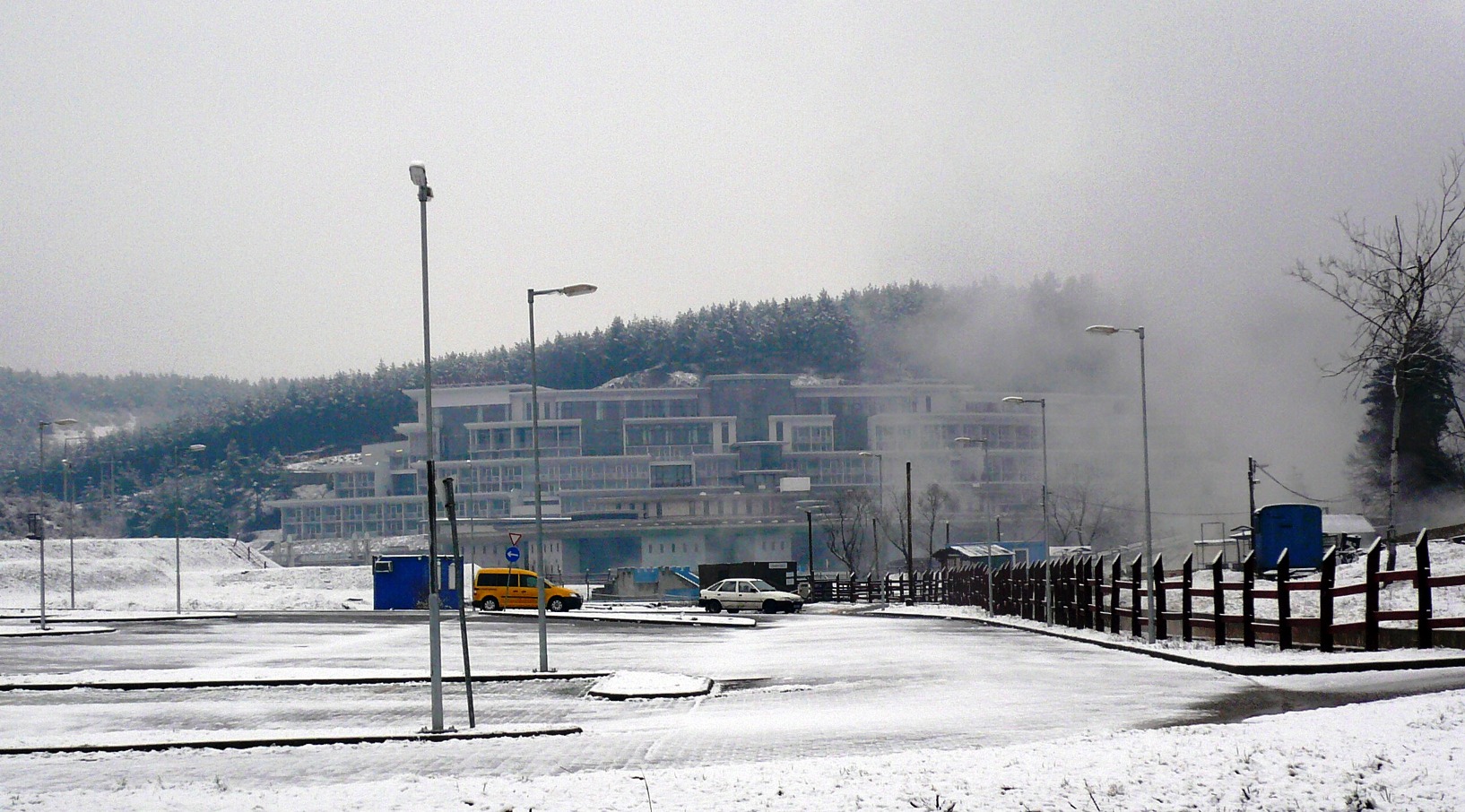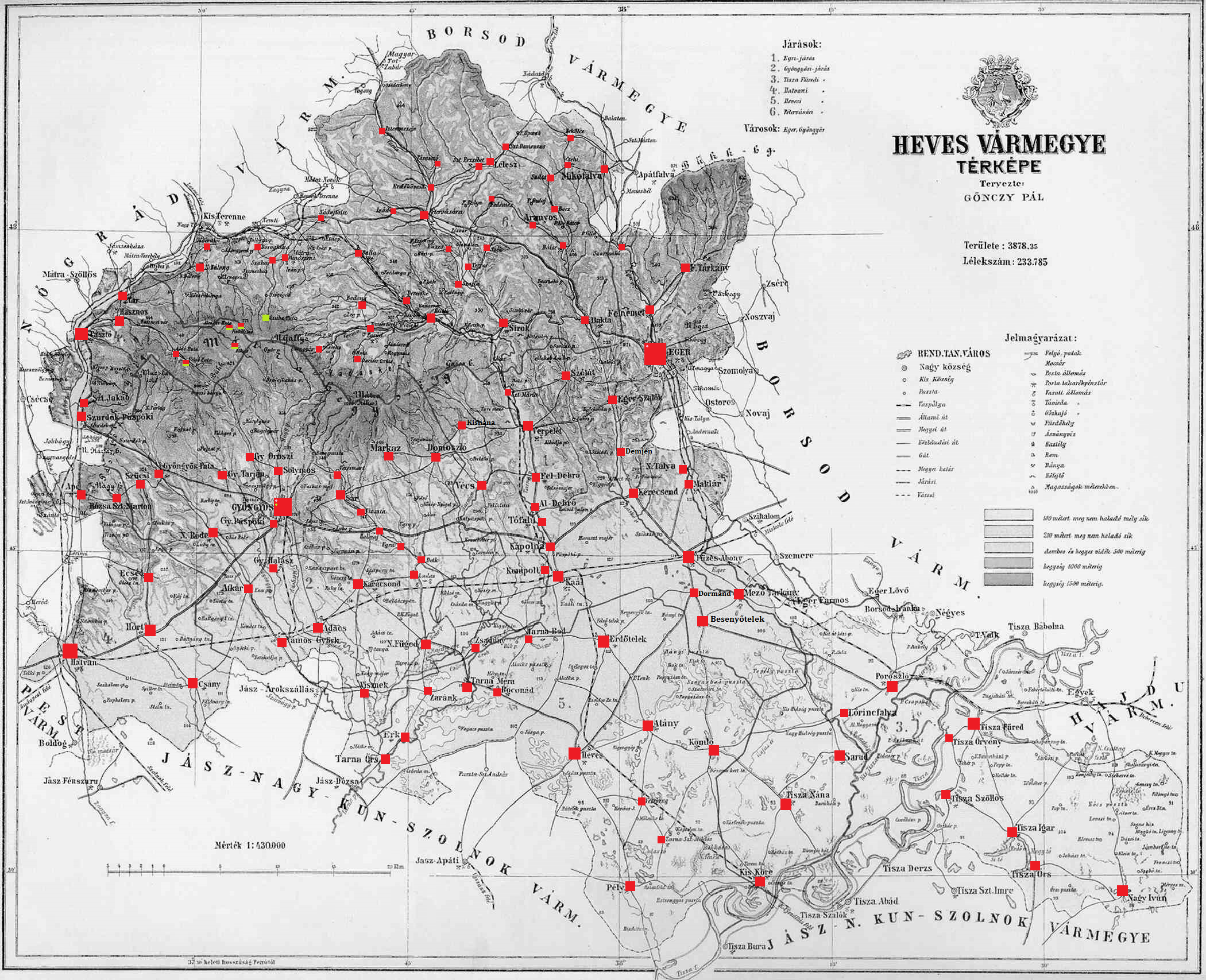|
Szalók (genus)
Szalók was a line of Hungarian nobles (Clan Szalók) in the medieval Kingdom of Hungary. The first known ancestor of the family ''Baja'' was mentioned by a royal charter in 1183. Their earliest realm was located at the village of Szalók, Heves county. The members of the clan often bore the title of ''count'' in the 14th century. The Balai, Bessenyey of Nagybessenye, Podhorányi from Liptó county, Dormánházy, Erdőteleky, Farnosy, Disznós of Kerecsény and Szalóky of Tiszaszalók families belong to this genus. Notable members of the clan *Raphael of Transylvania Raphael or Raphain ( hu, Rafael or Rafain; died after 1217) was a Hungarian distinguished nobleman, who served as voivode of Transylvania in 1217, during the reign of Andrew II of Hungary.Zsoldos 2011, p. 37.Engel 2001, p. 381.Markó 2006, p. 417. ... References {{DEFAULTSORT:Szalok (genus) Hungarian genera ... [...More Info...] [...Related Items...] OR: [Wikipedia] [Google] [Baidu] |
Clan
A clan is a group of people united by actual or perceived kinship and descent. Even if lineage details are unknown, clans may claim descent from founding member or apical ancestor. Clans, in indigenous societies, tend to be endogamous, meaning that their members can marry one another. Clans preceded more centralized forms of community organization and government, and exist in every country. Members may identify with a coat of arms or other symbol to show that they are an . Kinship-based groups may also have a symbolic ancestor, whereby the clan shares a "stipulated" common ancestor who serves as a symbol of the clan's unity. Etymology The English word "clan" is derived from old Irish meaning "children", "offspring", "progeny" or "descendants"; it is not from the word for "family" or "clan" in either Irish or Scottish Gaelic. According to the ''Oxford English Dictionary'', the word "clan" was introduced into English in around 1425, as a descriptive label for the organization ... [...More Info...] [...Related Items...] OR: [Wikipedia] [Google] [Baidu] |
Kingdom Of Hungary
The Kingdom of Hungary was a monarchy in Central Europe that existed for nearly a millennium, from the Middle Ages into the 20th century. The Principality of Hungary emerged as a Christian kingdom upon the coronation of the first king Stephen I at Esztergom around the year 1000;Kristó Gyula – Barta János – Gergely Jenő: Magyarország története előidőktől 2000-ig (History of Hungary from the prehistory to 2000), Pannonica Kiadó, Budapest, 2002, , p. 687, pp. 37, pp. 113 ("Magyarország a 12. század második felére jelentős európai tényezővé, középhatalommá vált."/"By the 12th century Hungary became an important European factor, became a middle power.", "A Nyugat részévé vált Magyarország.../Hungary became part of the West"), pp. 616–644 his family (the Árpád dynasty) led the monarchy for 300 years. By the 12th century, the kingdom became a European middle power within the Western world. Due to the Ottoman occupation of the central and south ... [...More Info...] [...Related Items...] OR: [Wikipedia] [Google] [Baidu] |
Egerszalók
Egerszalók is an open-air spa and village in Heves County in northeastern Hungary. The springs yield 68 °C. mineral water from an aquifer located under the volcanic Mátra Mountains. The spa is located 8 km west of the county seat of Eger, from which it is served by motorbus. Egerszalok lies 133 km from Budapest, in the Laskó stream valley between the Mátra and Bükk ranges. The village can be easily reached from the M3 highway. Description The historical and geographical associations of Egerszalók have made it a favourite spa in Hungary. The area's waters have been in use since the 1730s, although the current spa only came into operation in 1961. Before entering the spa pools, the steaming water runs down a series of cascades backed and lined with travertine; the gleaming mineral has precipitated from the water as it interacts with air at atmospheric temperatures. The travertine is locally called "salt," and the cascade of water is called "Salt Hill." Not ... [...More Info...] [...Related Items...] OR: [Wikipedia] [Google] [Baidu] |
Heves County (former)
Heves was an administrative county in the Kingdom of Hungary. Its territory, which is now in northern Hungary, was slightly larger than that of present Heves county. The capital of the county was Eger. Geography Heves county shared borders with the Hungarian counties Pest-Pilis-Solt-Kiskun, Nógrád, Gömör-Kishont, Borsod, Hajdú and Jász-Nagykun-Szolnok. It stretched from the Mátra and Bükk mountains to and across the river Tisza. Its area was around 1910. History Heves county was formed in the 13th century. The territory of Heves was conquered by the Ottomans in 1596 (see Ottoman Hungary) and formed part of the Ottoman Eğri Eyalet until it was retaken by the Habsburg Kingdom of Hungary in 1687. In 1765 it was ; due to the occupation the latter could not maintain its administration (the justice system had already been merged in 1569). Following the failed Hungarian Revolution of 1848 a period of military dictatorship and centralisation began in Hungary. Heves-Küls� ... [...More Info...] [...Related Items...] OR: [Wikipedia] [Google] [Baidu] |
Count
Count (feminine: countess) is a historical title of nobility in certain European countries, varying in relative status, generally of middling rank in the hierarchy of nobility. Pine, L. G. ''Titles: How the King Became His Majesty''. New York: Barnes & Noble, 1992. p. 73. . The etymologically related English term "county" denoted the territories associated with the countship. Definition The word ''count'' came into English from the French ''comte'', itself from Latin ''comes''—in its accusative ''comitem''—meaning “companion”, and later “companion of the emperor, delegate of the emperor”. The adjective form of the word is "comital". The British and Irish equivalent is an earl (whose wife is a "countess", for lack of an English term). In the late Roman Empire, the Latin title ''comes'' denoted the high rank of various courtiers and provincial officials, either military or administrative: before Anthemius became emperor in the West in 467, he was a military ''comes ... [...More Info...] [...Related Items...] OR: [Wikipedia] [Google] [Baidu] |
Liptó County
Liptó County (, la, Comitatus Liptoviensis, , , ) was an administrative county (comitatus) of the Kingdom of Hungary. Its territory is now in northern Slovakia. Geography Liptó county shared borders with the Austrian land Galicia and the Hungarian counties Árva, Turóc, Zólyom, Gömör-Kishont and Szepes. The county's territory was situated along the upper Vág (present-day Váh) river between the High Tatras and the Low Tatras. Its area was 2,247 km2 around 1910. Today, the territory of the former Liptó County largely corresponds to the Ružomberok District and Liptovský Mikuláš District in northern Slovakia. Three villages (Liptovská Teplička, Štrba and Štrbské Pleso) are now in the Poprad District. Capitals The capitals of the county were the Liptó Castle, later Németlipcse (present-day Partizánska Ľupča), and since 1677 the capital was Liptószentmiklós (present-day Liptovský Mikuláš). History Liptó county as a Hungarian comitatus aros ... [...More Info...] [...Related Items...] OR: [Wikipedia] [Google] [Baidu] |
Raphael Of Transylvania
Raphael or Raphain ( hu, Rafael or Rafain; died after 1217) was a Hungarian distinguished nobleman, who served as voivode of Transylvania in 1217, during the reign of Andrew II of Hungary.Zsoldos 2011, p. 37.Engel 2001, p. 381.Markó 2006, p. 417. He might have been also in office in 1218.Treptow, Popa 1996, p. ''lvi''. According to László Markó, he was originated from the ''gens'' Szalók. Before his voivodeship, Raphael served as ispán The ispánRady 2000, p. 19.''Stephen Werbőczy: The Customary Law of the Renowned Kingdom of Hungary in Three Parts (1517)'', p. 450. or countEngel 2001, p. 40.Curta 2006, p. 355. ( hu, ispán, la, comes or comes parochialis, and sk, župan)Kirs ... (''comes'') of Küküllő County in 1214.Zsoldos 2011, p. 167. References Sources * Engel, Pál (2001). ''The Realm of St Stephen: A History of Medieval Hungary, 895-1526''. I.B. Tauris Publishers. . * Markó, László (2006). ''A magyar állam főméltóságai Szent Istvántól napjainkig& ... [...More Info...] [...Related Items...] OR: [Wikipedia] [Google] [Baidu] |




